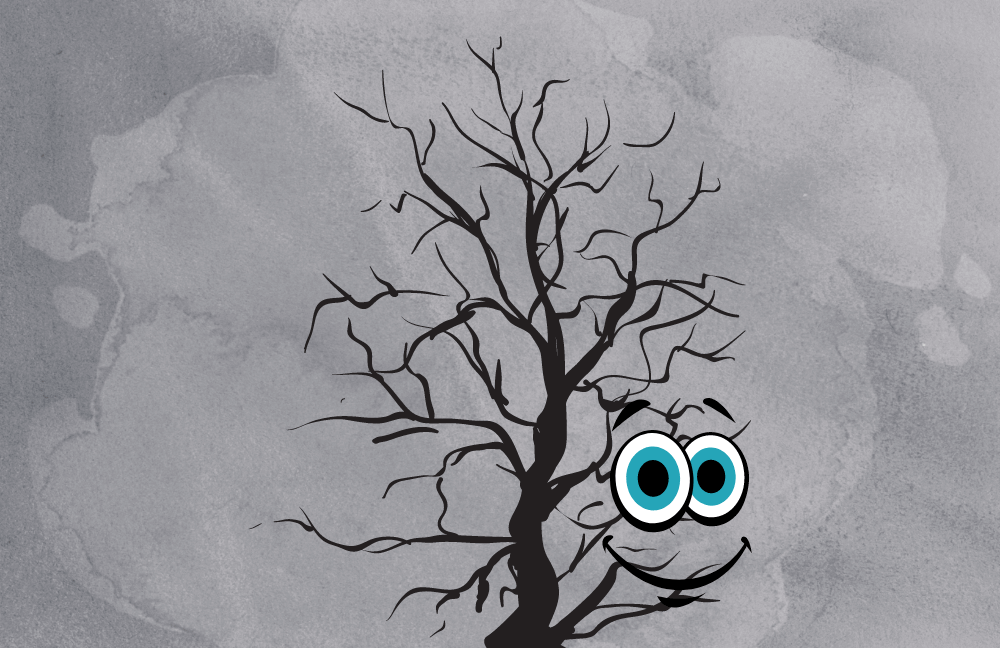Anxiety in Children
What is Childhood Anxiety?
Childhood Anxiety is when children develop an automatic state of alarm to a situation, object, or person who they perceive as threatening. It’s not surprising for children to be anxious from time to time. In fact, anxiety is a developmental trait that appears and passes as we age. It’s good to fear strangers because that keeps children close to their family and hence, safe. Dreading an exam makes children study. Fearing defeat can motivate them to play their sport better. And the fear of rejection from a peer group may drive them to be sociable too. A little anxiety is always protective.
But anxiety disorder (or anxiety neurosis) involves intense, persistent and undue fear, that is clearly in excess of the threat posed by the anxiety provoking event or stimulus. Take for example, children who have separation anxiety even if they are in a safe space with caring people. Anxiety in children could be situational or continuous, mild or nerve wracking, episodic or chronic. Occasionally it also involves sudden and intense feelings of overwhelming fear that appear and reach maximal intensity within minutes (panic attacks).
Is Children’s Anxiety a Serious Problem?
Developmental (age related) anxiety passes. With time, children become independent, and self-confidence takes center stage. However, if children have persistent fears which don’t go away, interfere with academics, friendships, and home relationships, and are beginning to impact their physical health, these may be a sign of a more serious childhood anxiety disorder. Many parents fail to see childhood anxiety as a treatable medical problem and hence refrain from seeking help. But its damaging effects continue into adolescence and adulthood if untreated, and impair adult relationships as well.
One in six people in the world are aged 10-19 years today. That’s a lot of children. Many of us are not aware that half of all mental health conditions start by 14 years of age, yet most stay undetected and untreated way into adulthood. Not addressing child and adolescent anxiety impairs both physical and mental health, and limits the opportunity to lead a fulfilling life as an adult. Children’s anxiety is a very serious problem.
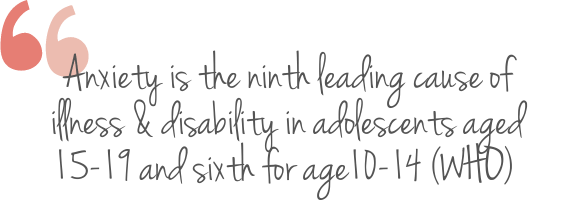
What Causes Anxiety in Children?
There is no single reason to explain why children develop an anxiety disorder. Anxiety is a normal part of growing up. But, when it’s excessive, pervasive and unrelenting, it is a problem. We think it’s the exam, or interview, or spider, or blood test that’s causing our children to feel restless. But the reality is deeper rooted. Evidence and research over the years explain a combination of genetic, biological, psychological and environmental variables.
High risk factors include a history of anxiety in the family, significant life events (like death or change in school or residence), acute or chronic physical illness (like epilepsy or diabetes), family conflict, or some specific medicines that interfere with the brain activity. Also, every child’s coping style, what they have observed and how they evolved; all affect the way they perceive stressors as positive or negative. Negative events will always arouse some apprehension and restlessness in all of us. But some children are less prepared to fight stressors. So, they succumb to anxiety.
Signs and Symptoms of Children’s Anxiety
Childhood Anxiety is “an emotion characterized by feelings of tension, worried thoughts, physical effects on the body and changes in behavior”. Not all children with anxiety present with the same symptoms. Yet, typically if your child has some or many of the following, he or she might be suffering from anxiety disorder and you should seek professional help.
Emotional Symptoms
- Fearful, apprehensive, distressed
- Crying frequently, not feeling good
- Doubt, insecurity and helplessness
- Feeling out of control of everything
- Petrified about any or all outcomes
- Panic-state or uncontainable terror
- Losing their confidence in everything
Physical Symptoms
- Rapid heart rate, breathlessness
- Trembling, shakiness, jitteriness
- Sweating on the palms and feet
- Diarrhea, constipation, urination
- Feeling weak, fatigued and tired
- Becoming sick and unwell often
- Not eating well, or losing weight
Cognitive Symptoms
- Trouble focusing on anything
- Confusion and weak memory
- Obsessing over the feared object
- Anticipating the worst outcome
- The mind going blank or empty
- Feeling as if they’re going crazy
- Thinking catastrophic thoughts
Behavioral Symptoms
- Restlessness, crying, clinginess
- Difficulty sleeping well at night
- Inability to sit still or be relaxed
- Social withdrawal, staying alone
- Slacking at home and school work
- Getting startled or jumpy easily
- Avoiding their dreaded object
Treatment of Anxiety in Children
A significant hurdle in managing children’s anxiety, is convincing parents as well as children, that this needs professional attention. The stigma and taboo around mental illness in children plays an unconstructive role. That is why an empathic, non-judgmental and respectful approach is essential. Parents and caregivers can do a lot at home too to make it better. For starters – talking to children about their worries and letting them know that it’s alright to feel this way.
This already eases their burden and offers the supportive hand they need while they sense they are drowning in their fear. Speaking to a close family member who they listen to, also helps if they don’t want to speak to parents about it. Most importantly, as a parent, do not become anxious yourself. Children need a strong pillar to lean on. When they’re ready to see a supportive and empathic professional, the task becomes easier. Here are some ways in which therapy helps children cope with anxiety and prevent it from recurring.
Therapy Goals
- Establish the child’s trust and faith
- Help them express the fear openly
- Reassurance that it’s OK to feel this
- Identify anxiety causes and triggers
- Gauge the severity they perceive
- Identify negative, irrational beliefs
- Help them feel safe and comforted
Therapy Outcomes
- Rational and more realistic thinking
- Lessened emotional hyperreactivity
- Self-confidence and self-reliance
- Assertiveness and self-expression
- Improved communication skills
- Decreased catastrophic thinking
- Normalcy in their routine and life
How Dr Shefali Helps Children Beat Anxiety
Anxiety management in children requires us to understand how they feel, respect their emotions, and not belittle them. With that in mind, we first have a detailed discussion with parents and then plan the therapy with the child. In younger kids, parents make the best therapists hence parent education and coaching become the principal focus. Following that we chalk out a treatment plan that embraces parent and child goals, preferences and pace of work. In older children and adolescents, a cognitive and behavioral approach works best.
Changing emotional reactivity and behavior patterns is not easy. Parents too might find it challenging to alter their automated behaviors with their children. With ongoing communication, step by step support, cognitive challenge techniques, relaxation training and continuous daily guidance and self-monitoring, the speed of emotional healing increases manifold. And children and parents get empowered to deal with fear and anxiety better.
Dr Shefali Batra spoke to the Free Press Journal along with other experts explaining the importance of optimal parenting strategies for helping children. She is a Feature Writer in India’s Teen Zine called Teenager Today.


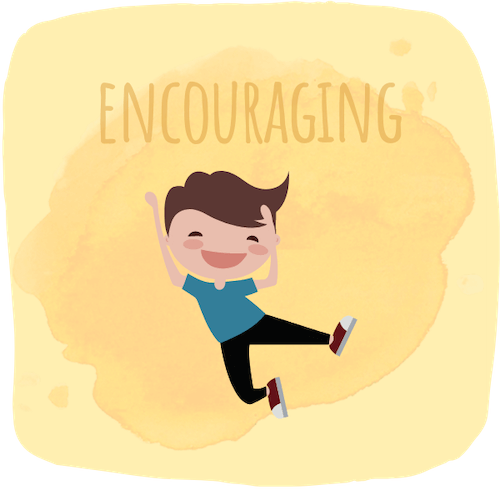
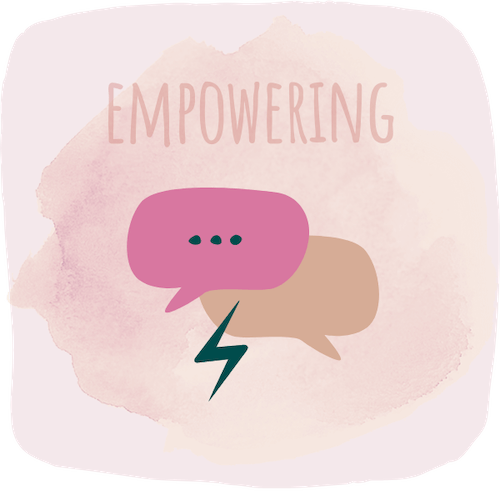
References
- Bhatia, M. S., & Goyal, A., (2018). Anxiety disorders in children and adolescents: Need for early detection. Journal of postgraduate medicine, 64(2), 75–76.
- Wehry, A. M., Beesdo-Baum, K., Hennelly, M. M., Connolly, S. D., & Strawn, J. R., (2015). Assessment and treatment of anxiety disorders in children and adolescents. Current psychiatry reports, 17(7), 52.
- Kessler RC, Angermeyer M, Anthony JC, et al., (2007). Lifetime prevalence and age-of-onset distributions of mental disorders in the World Health Organization’s World Mental Health Survey Initiative. World Psychiatry; 6: 168–76.
Latest Posts
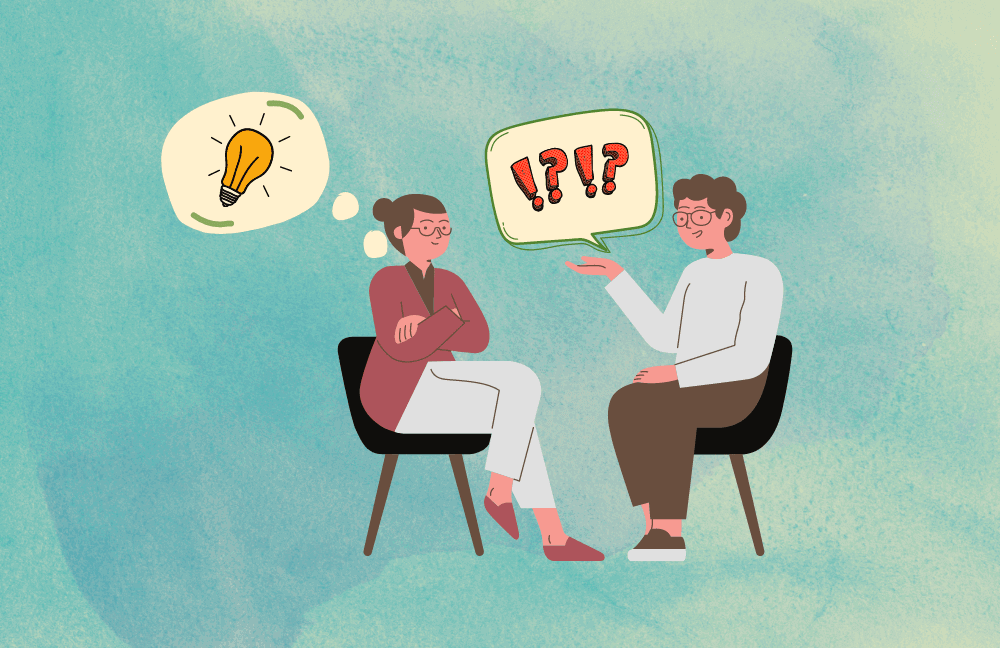
7 Reasons Why You Should Seek Therapy

7 Questions About Workplace Stress Answered
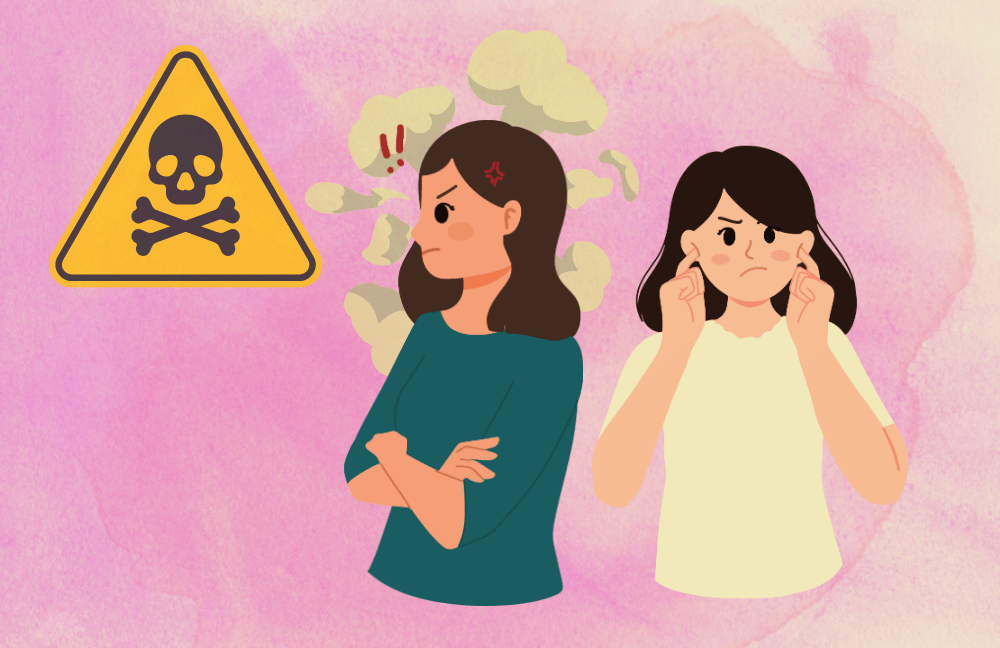
5 Ways To Deal With A Toxic Coworker
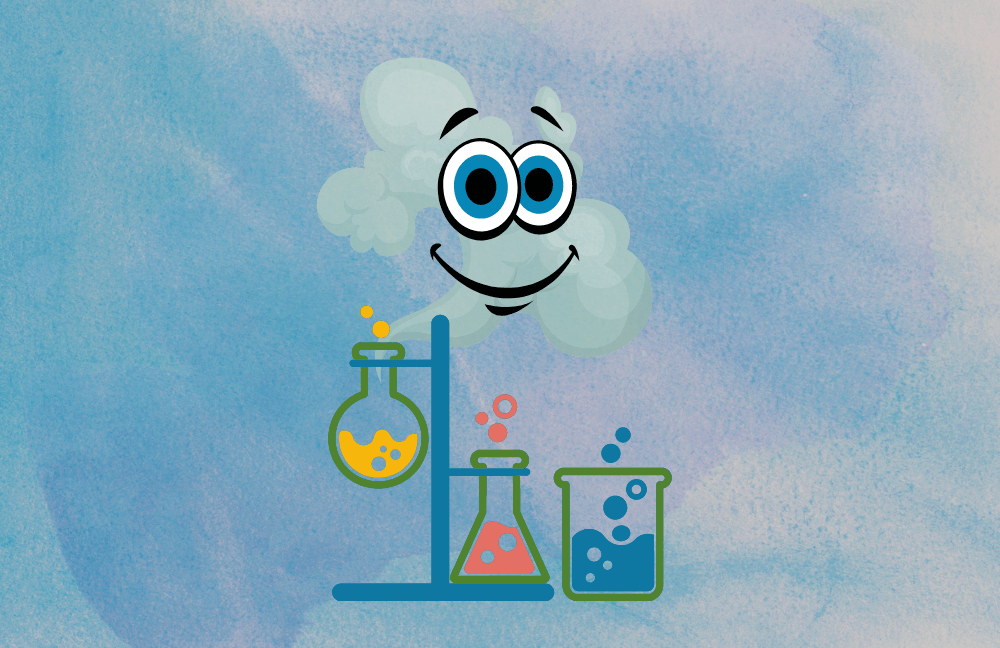
Science of Happiness: 1000s Of Years Of Research
